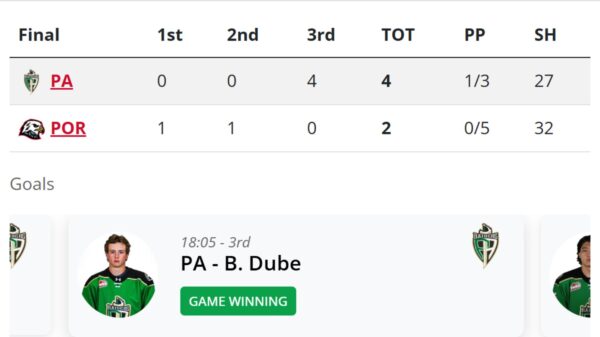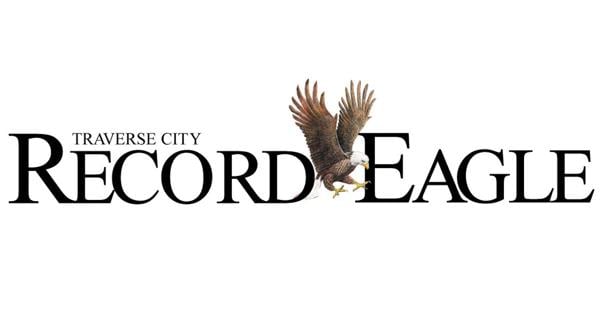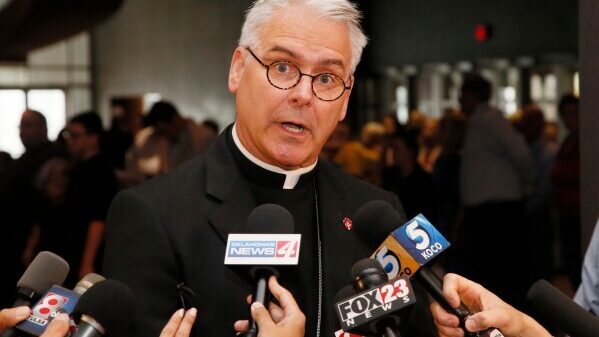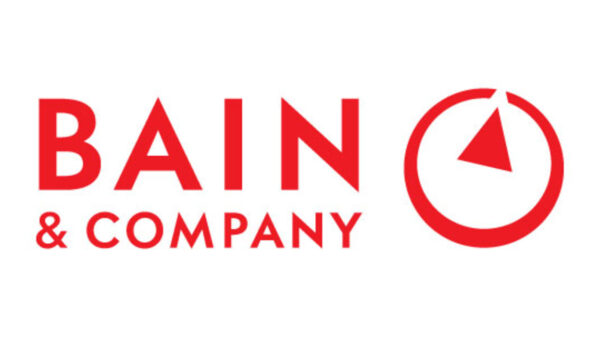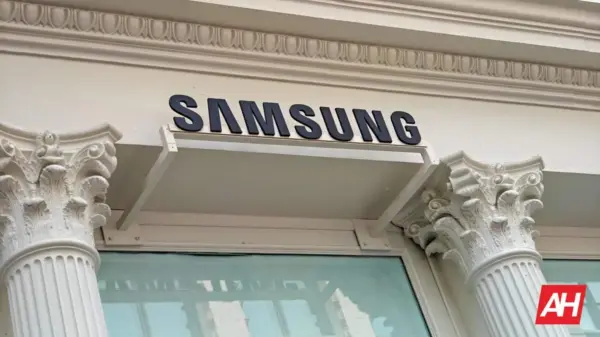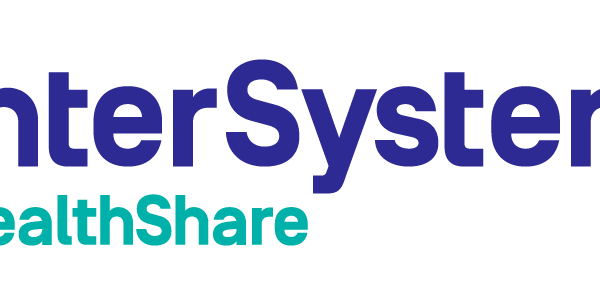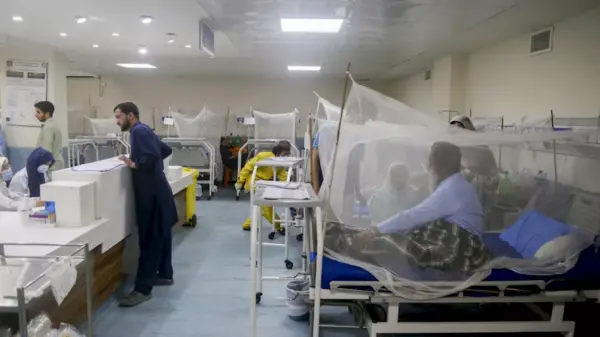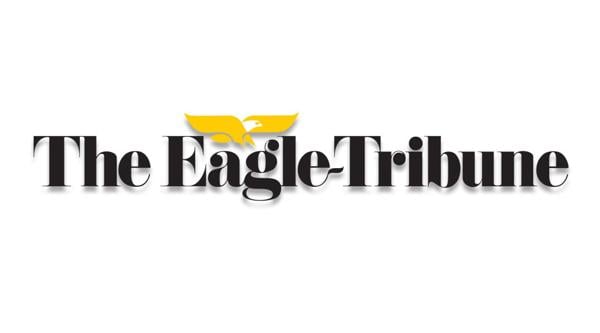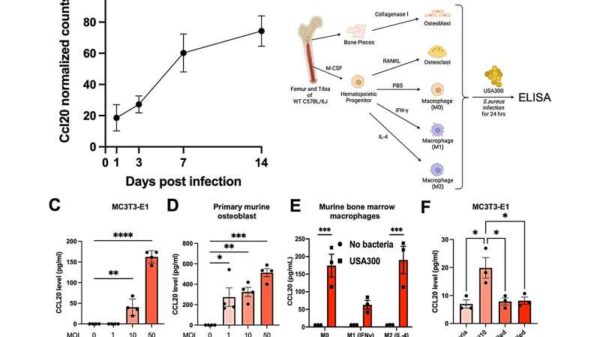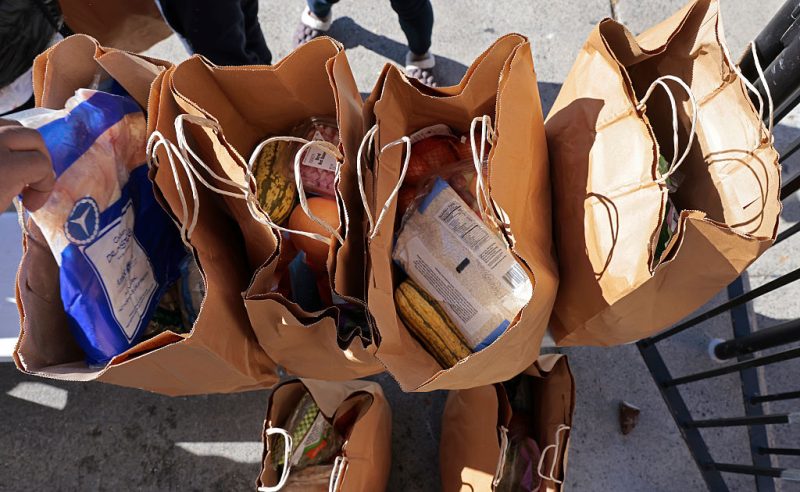More than 40 million Americans could face challenges in affording groceries next month if the federal government does not reopen in time to fund the Supplemental Nutrition Assistance Program (SNAP). The United States Department of Agriculture (USDA) has issued warnings to state agencies indicating that SNAP benefits may not be disbursed if the government shutdown extends into November.
SNAP, which assists individuals and families living near or below the poverty line, is primarily funded by federal dollars but managed by state and local agencies. Currently, about 1 in 8 Americans rely on this program to secure essential food items. With the deadline looming, various stakeholders, including states and nonprofits, are mobilizing to mitigate potential disruptions.
Potential Solutions to Maintain Food Assistance
The potential for a government shutdown to extend into November raises critical questions about the continuity of SNAP benefits. If the government reopens soon, benefits for November could be issued as initially planned. Alternatively, legislation introduced by Sen. Josh Hawley could permit emergency SNAP funding even if the shutdown persists.
The USDA could also access contingency funds to maintain SNAP operations. However, estimates suggest that providing benefits for November could require approximately $8 billion, while the available contingency fund is around $6 billion.
As the situation develops, some states have begun taking preemptive measures. For instance, Virginia has declared a state of emergency to unlock emergency funds. In Colorado, the governor has requested up to $10 million from the state legislature to support food banks and ensure continued food assistance. Meanwhile, California‘s Governor Gavin Newsom announced an expedited release of $80 million for food banks, including deploying National Guard troops to assist in food distribution. Newsom emphasized the urgency of the situation, calling for immediate action.
Nonprofits Prepare for Increased Demand
Local and regional nonprofit organizations are bracing for a surge in demand for food assistance as SNAP funding hangs in the balance. Organizations like Catholic Charities of Acadiana in Kentucky have begun appealing for donations to support local food banks. The charity expressed concern for vulnerable groups, including families and seniors, who are most likely to be affected.
In Colorado, the state has launched the Feeding Colorado initiative, with Governor Jared Polis encouraging community solidarity to ensure that families can access food during this uncertain period.
Food banks are also voicing their concerns. According to George Matysik, executive director of the Philadelphia food bank Share Food Program, the volume of food provided by SNAP is estimated to be nine times greater than the total capacity of the entire food bank network. He stated, “To think that we at food banks alone can be the sole resource to pick up this slack for government’s failure in this moment, it’s very unreasonable.”
In Grand Rapids, Michigan, the nonprofit Servants Center is preparing for potential SNAP cuts. Clinical supervisor Nia Wolfe expressed the challenges faced by organizations trying to bridge the gap while waiting for governmental decisions.
This situation is compounded by the fact that many nonprofits have already experienced heightened demand since the government shutdown began on October 1, 2023. According to Triada Stampas from Fulfill NJ, the immediate impacts of such disruptions are felt quickly. Many federal employees and contractors are already grappling with financial uncertainty as they navigate the effects of delayed or reduced pay.
As November approaches, the potential implications of SNAP funding interruptions remain significant. Stakeholders at all levels are working diligently to ensure that food assistance continues for those who rely on it, underscoring the urgency of the situation.





